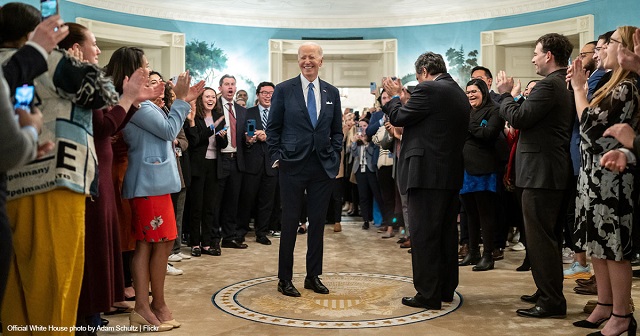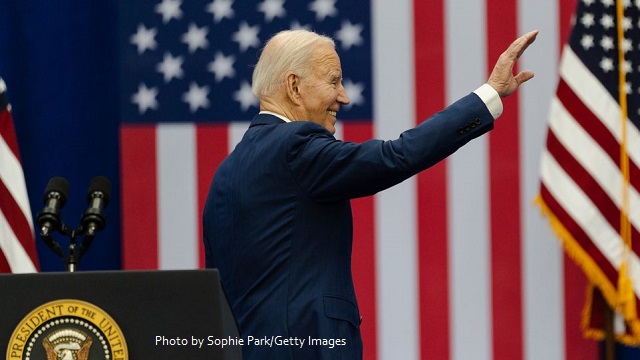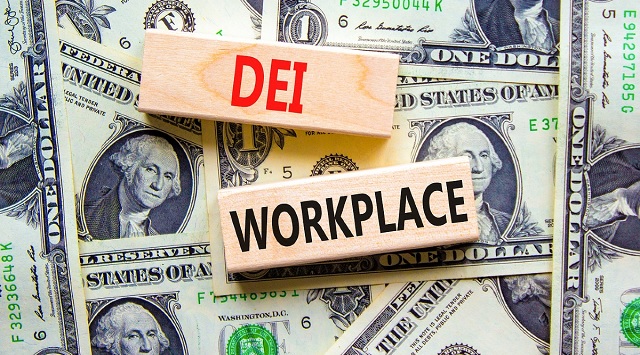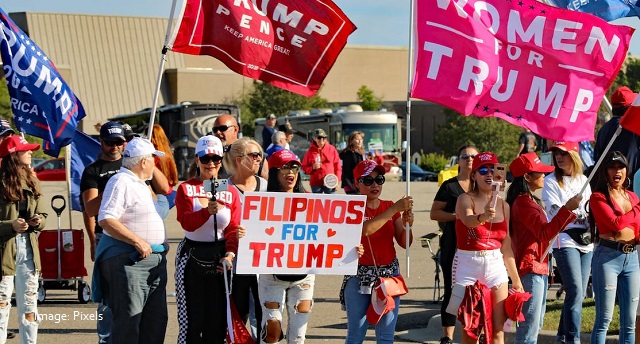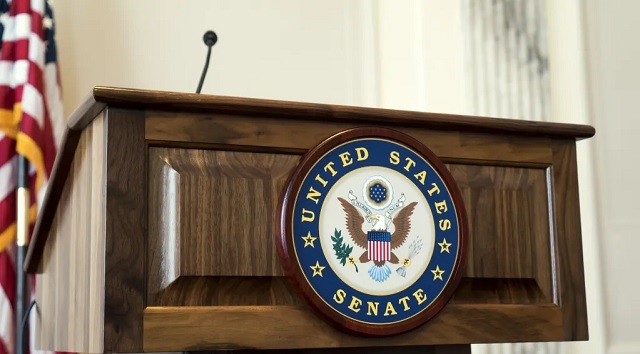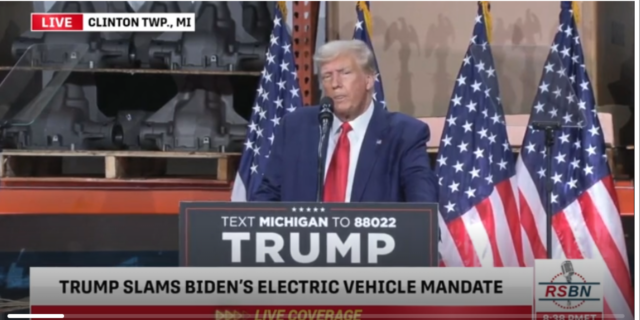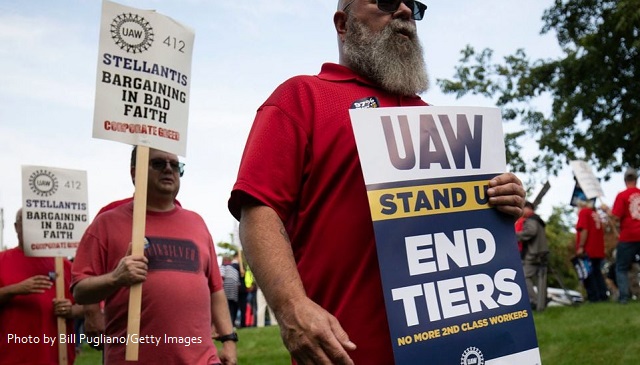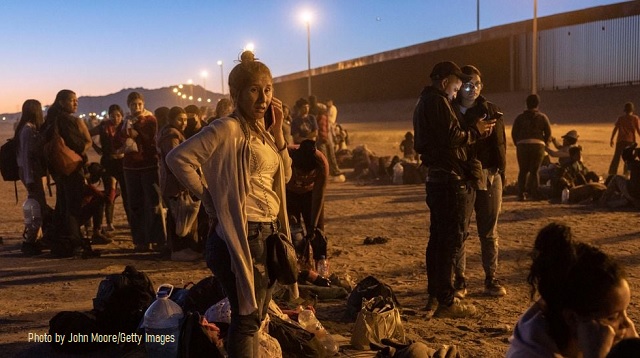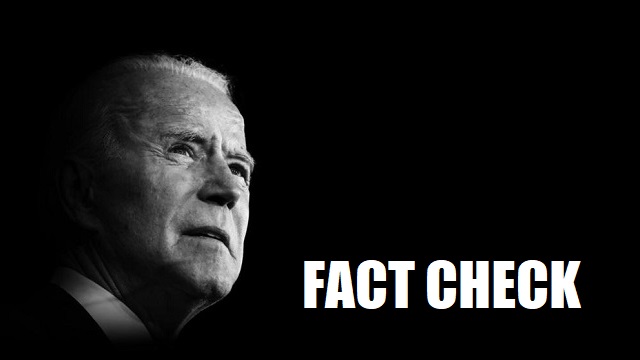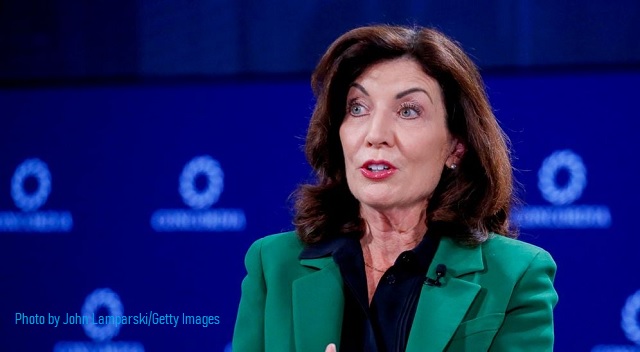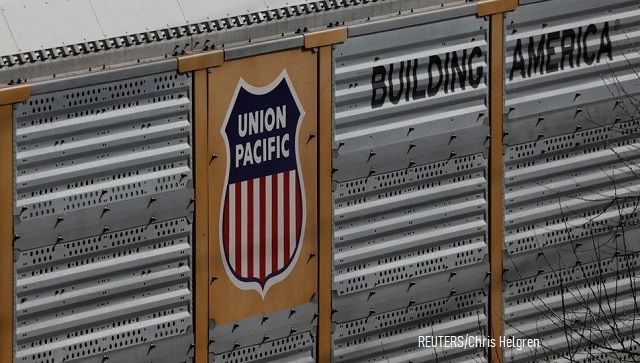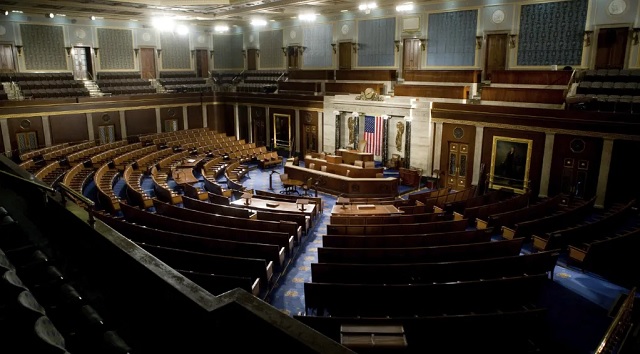‘Hammered From All Sides’: Minority Truckers Say California’s Green Regs Are Destroying Their American Dream
By The Daily Caller
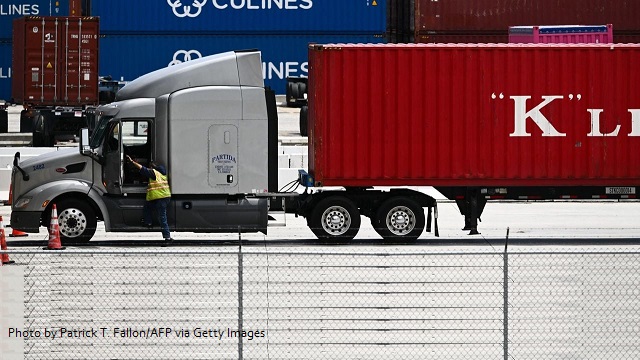
Minority truckers are struggling to stay afloat as the state of California levies stringent green regulations on their businesses, according to some of those affected who spoke with the Daily Caller News Foundation.
The California Air Resources Board (CARB), California’s environmental regulatory agency, will ban the sale of new diesel heavy-duty trucks starting in 2036, a policy partially motivated by a desire to improve health outcomes for minority populations. That requirement is the latest in a string of similar requirements imposed in recent years, all of which have made it excessively difficult for minorities to operate their own trucking enterprises and pursue the American dream, some of those small business owners told the DCNF.
“Many California neighborhoods, especially Black and Brown, low-income and vulnerable communities, live, work, play and attend schools adjacent to the ports, railyards, distribution centers and freight corridors and experience the heaviest truck traffic,” CARB said in 2020 after proposing its most recent “clean truck” rule. That particular rule for trucks was motivated in part to address the “disproportionate risks and health and pollution burdens affecting these communities,” the agency said at the time.
Biden’s Emissions Rule For Trucks Could Crush Small Companies And Jack Up Costs, Truckers And Supply Chain Experts Say https://t.co/Y18vlz5F2F
— Daily Caller (@DailyCaller) April 2, 2024
While bureaucrats writing the rules pitch them as a way to reduce respiratory and health ailments in minority communities that live in and around frequently-trafficked trucking routes, some minority truckers told the DCNF that the rules are squeezing them financially in ways that render any purported health benefits moot.
“A lot of our members are minority-owned small businesses,” Joe Rajkovacz, the director of governmental affairs and communications for the Western States Trucking Association, told the DCNF. “Here in California, there is a decided indifference to small business trucking by both politicians and bureaucrats.”
Randy Thomas, a black man, grew up in South Central Los Angeles as the son of a World War II veteran and a lifelong resident of California. He ran his trucking firm for many decades, growing his business from a one-man operation to a company that employed 15 drivers and provided enough income to send all of his children to college, making them the first in his family to get the chance to do so.
By 2009, the regulatory environment left him no choice to shut down his business, as it did not make financial sense for him to purchase new and expensive trucks to meet new mandates.
“I did my first trip when I was 20. Everything was going great from 1971 up until around the time that (former President Barack) Obama got into office,” Thomas told the DCNF. “By 2008, we come up with this clean truck program here. We were having all these meetings. I’m looking at the division between the environmentalists, telling us about CO2 and gases … I’m looking at the charts of what our engines that we had at that time, which were made mainly mechanical diesel, and they had no idea what engine was gonna be the engine they were writing into prospective goals.”
“Guys are going out of business like you wouldn’t believe,” Thomas told the DCNF about other Californian truckers he knows.
After closing his business, Jackson moved on to a different company, and he still drives truck routes delivering medical supplies and other time-sensitive loads. But, as he explained to the DCNF, “it wasn’t my company anymore.”
Bill Aboudi, a Palestinian-American who still owns his own small trucking company operating out of the Port of Oakland, touched on some of the same themes in an interview with the DCNF.
Aboudi was born in 1966, and his father went missing in action during the Six Day War between Israel and a coalition of Arab states in 1967. Aboudi immigrated to the U.S. when he was 14 years old, and started helping his brother out with his trucking business in 1989 after he got out of the California National Guard and never left the industry.
“I live in the middle of getting hammered from all sides. One of the first things that CARB always makes it out to be, is if you’re in the trucking business, you’re a polluter. I always try and explain to them, I’ve got an organic garden, I have about three fruit trees in my backyard. I used to keep bees … I’ve got 12 chickens. I love the environment, and I want to get the best technology for my operation,” Aboudi told the DCNF. “It seems like the regulators have no clue. They want to be able to turn on a switch and have everybody switch directionally right away … They end up reducing our company size and stunting our growth.”
Assembly Bill 5, which reclassified California’s 70,000 independent owner-operators as employees of shipping companies rather than independent contractors, was another policy that hurt the workers politicians purported to help, Aboudi said.
“This kills the liberty of being a trucker and kills the American dream,” Miguel Ramirez, a Los Angeles-based trucker, told the DCNF in July 2022.
It’s not just truckers who are impacted by regulations and their impacts on California’s trucking operators, Aboudi explained to the DCNF. There are many thousands of blue-collar workers — including immigrants like him — whose jobs rely on California’s busy ports, providing parts for trucks and other closely-related trades.
“I am still paying for trucks that I upgraded on the last round, and I can’t use them,” Aboudi continued, referencing older regulations. “Now I’m paying for the newer trucks that I upgraded to. And I’m being told I’m gonna have to go to zero-emission trucks that are still in the first stage of development … We’ve already had to downsize our company from 13 trucks to eight trucks.”
While bureaucrats in Sacramento and the supporters of their political superiors in Los Angeles and San Francisco may think that their progressive approach to environmental policy is benefiting minority communities, the opposite is true in many cases, according to Donna Jackson, the director of membership development for the National Center for Public Policy Research’s Project 21.
“California leads the country in enacting climate change policies that are increasingly leading to tiered social classes, the rich and the poor,” Jackson told the DCNF. “Like the Biden administration, California has ignored the real needs of underserved communities. Its climate change policies are destroying minority businesses and creating needless barriers to upward economic mobility. The result of all of this is not just job losses, but lost role models, financially unstable families, declining home ownership rates and a loss of community pride.”
CARB did not respond immediately to a request for comment.
AUTHOR
NICK POPE
Contributor.
RELATED ARTICLES:
‘Simple Econ 101’: Here’s How California’s E-Truck Push Could Hamstring The American Economy
The American Consumers are Funding Iran by Doing Business with Communist China
Biden Admin Signals Support For Embattled High-Speed Rail Project. Critics Say It’s A ‘Boondoggle’
EDITORS NOTE: This Daily Caller column is republished with permission. ©All rights reserved.
All content created by the Daily Caller News Foundation, an independent and nonpartisan newswire service, is available without charge to any legitimate news publisher that can provide a large audience. All republished articles must include our logo, our reporter’s byline and their DCNF affiliation. For any questions about our guidelines or partnering with us, please contact licensing@dailycallernewsfoundation.org.

